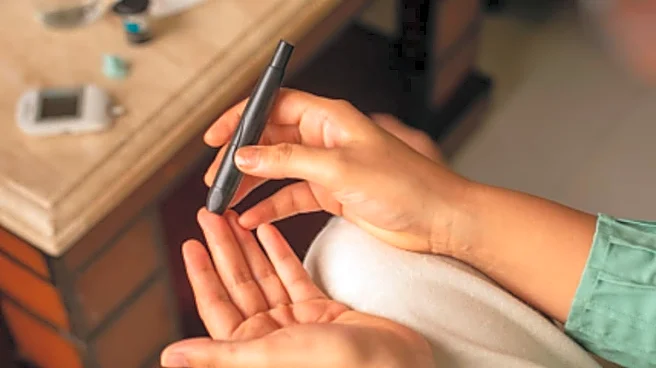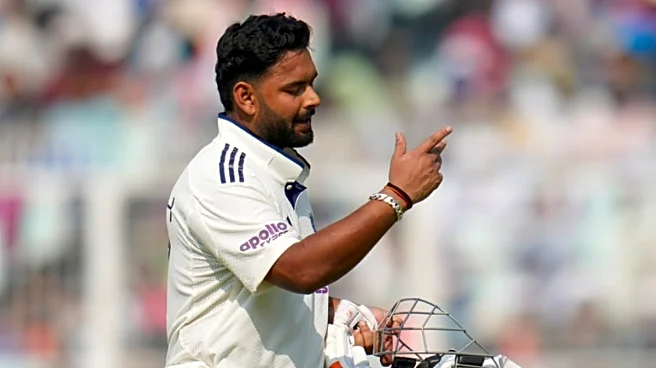Once regarded as a ‘disease of the cities,’ diabetes is transcending boundaries as it moves from metros to mandis and from high-rises to the heartlands. India’s diabetes story is no longer confined to urban
lifestyles; it has become a nationwide health reality.
A Shifting Map of Risk
“Diabetes no longer respects geography. What we used to call an urban problem is now everyone’s problem. Awareness and early screening are our best defence,” says Dr Avijit Kundu, Consultant Diabetologist, Barrackpore, Kolkata.
For decades, diabetes was viewed as an urban lifestyle, a disease that’s driven by desk jobs, fast food, and high stress. However, new data confirm that the gap between cities and villages is shrinking rapidly due to improved incomes, changing diets, and declining physical activity, which is transforming even small towns and rural areas into diabetes hotspots.
What the Numbers Tell Us
While specific national prevalence data confirms the overall shift, the Nutrition Impact of Lockdown Survey revealed how urban India’s dietary habits shifted under pressure:
- One in three respondents admitted their overall food intake had increased.
- 38% began snacking more frequently between meals.
- 22% reported drinking more sugary beverages.
- 31% said their purchase of sugar went up.
- 63% saw a drop in physical activity, and 27% gained weight during the lockdown.
Though these figures represent mostly urban working adults, they mirror a growing national pattern – where rising calorie intake and lower activity are spreading far beyond city borders.
From Urban Sedentary to Rural Stillness
The rise in diabetes in rural areas is not just a spread of urban habits; it’s a profound change in rural life itself. What was once the urban sedentary lifestyle is now transitioning into rural stillness.
In the past, rural life was synonymous with movement – farming, walking, and manual labour. Today, with mechanisation, migration, and access to ready-made foods, activity levels are falling even in the countryside. Television, smartphones, and processed foods are becoming the new normal, while traditional diets rich in fibre and millets are quietly fading away. In small towns, you’ll now find the same sugar-rich snacks, fried street foods, and late-night eating patterns once limited to cities.
The Hidden Inequality
The result of this national shift is rising waistlines and rising sugar levels across the country. This growing burden then exposes the hidden inequality of our healthcare system: urban areas may face higher prevalence, but rural areas face dramatically higher vulnerability.
Rural India is now facing a double challenge: rising risk coupled with limited resources. This reality makes the rural diabetes burden especially dangerous.
- Delayed diagnosis: People often discover diabetes only when complications appear.
- Limited access: Testing, medications, and follow-up care remain scarce.
- Lower awareness: Symptoms like fatigue or thirst are often dismissed as routine tiredness.
Bridging the Divide
The urban–rural diabetes gap can be narrowed with the right steps:
• Community screening: Bring testing to smaller towns and villages.
• Nutrition education: Reintroduce the value of local, fibre-rich foods.
• Workplace and school programs: Encourage movement and mindful eating.
• Physical activity: Promote daily exercise through brisk walks, local sports, and culturally relevant fitness initiatives.
• Digital health tools: Connect rural patients with urban specialists through telemedicine.
A Shared Responsibility
When diabetes strikes, it affects not just individuals but families, communities, and the nation’s productivity. Urban or rural, rich or poor – prevention must become a people’s movement. India’s diabetes map is changing – but so can our response.











/images/ppid_a911dc6a-image-176370322323893189.webp)

